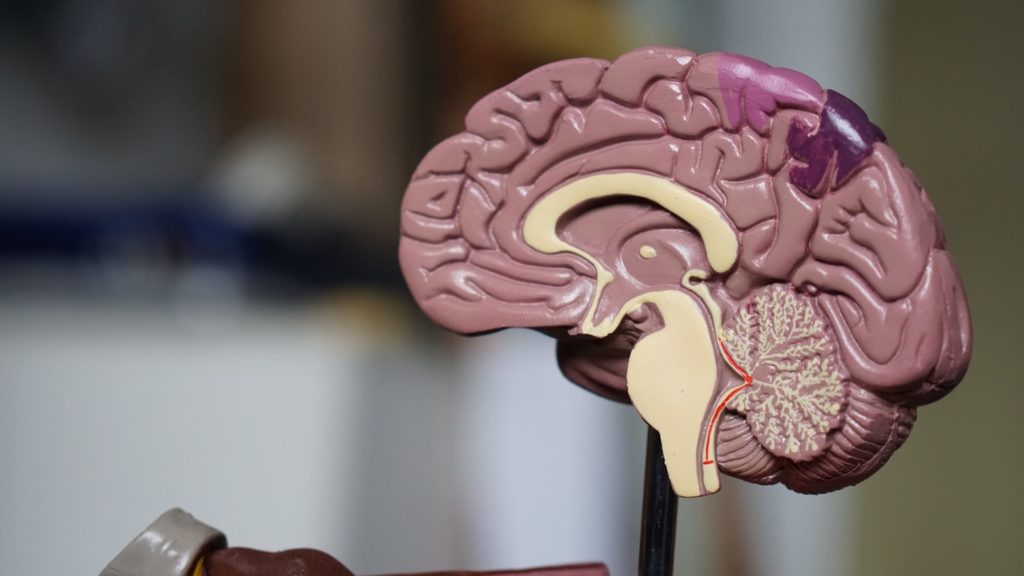Background
Existing practice for managing infections, such as meningitis and encephalitis, relies on either a nucleic-acid amplification test or microbial culture to provide a positive identification. Both these methods are too slow to inform treatment in the early stages. This project aims to replace these methods with an accurate, real-time test that can be performed near the patient. This will allow doctors to prescribe the most suitable drugs e.g. antiviral, antibiotic or antifungal drugs early in the illness improving patient outcomes and reducing recovery time.
Method
This project will enable the real-time diagnosis of infections by detecting pathogen DNA or RNA directly from clinical samples. This relies on an advanced technology known as nanopore sequencing which can analyse single-molecules of DNA or RNA and determine their sequence. This allows us to identify what is causing the infection which may be as virus, bacteria or a fungal pathogen. It also provides information on the type, identification of virulence and antibiotic resistance which will improve the management and treatment of the infection.



